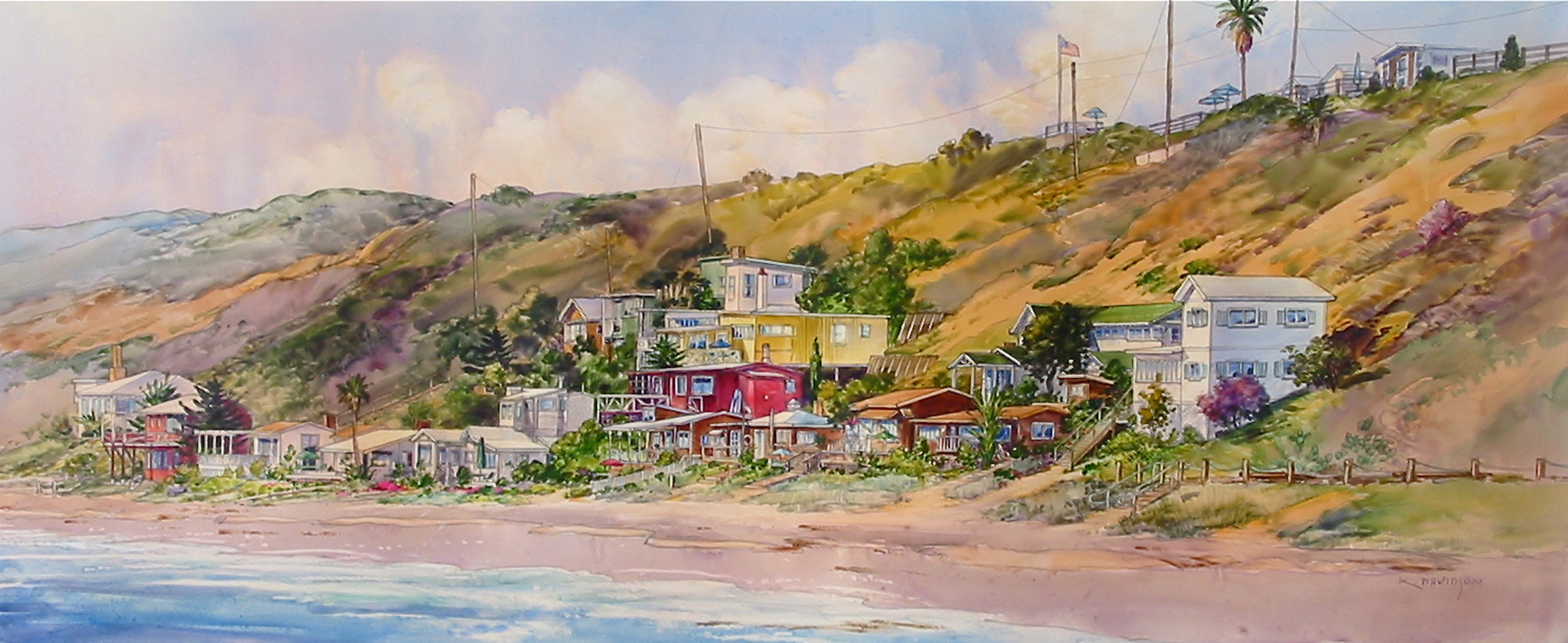Cost Savings on Winter Heating – By Gina Dostler
 Keeping the winter shivers at bay takes energy, so now is a great time to think about how to integrate cost savings into the home so utility bills won’t come as a shock at the end of the month. John Hopton IV of Family Heat and Air Inc. is the third generation to take up the family business in heating and air conditioning. His grandfather set up shop in 1960 with his father. Hopton provided some insight on how to keep a warm home with energy savings in mind.
Keeping the winter shivers at bay takes energy, so now is a great time to think about how to integrate cost savings into the home so utility bills won’t come as a shock at the end of the month. John Hopton IV of Family Heat and Air Inc. is the third generation to take up the family business in heating and air conditioning. His grandfather set up shop in 1960 with his father. Hopton provided some insight on how to keep a warm home with energy savings in mind.
Q: Where is a good place to start?
A: Since the heater is the first thing to switch on in cold weather, taking a look at the furnace is a good start. An old furnace, say at least 20 years old is about 60% efficient. Giving the old furnace the boot and installing a new one can give you cost savings worth thinking about. Furnaces come in different levels of efficiencies ranging from 80% to 96%. Also think about updating the air conditioning unit at the same time. That is where big savings can happen. Older air conditioning units are real energy suckers and updating both the furnace and air at the same time saves in installation fees.
Q: So for best cost savings, would installing a furnace with a 96% efficiency rating be the best choice?
A: Actually, no. You’ll definitely benefit the environment for sure, but the unit cost almost doubles. If you measure the cost savings per winter usage versus the amount of money invested in the unit, it would take about 40 years to break even. Now, to some, making less of a footprint on the environment outweighs the cost. But most of us really have to look at the bottom line and that means money. Putting in an 80% efficiency unit reduces environmental impact and yet still brings with it significant cost savings.
Q: With a more efficient furnace installed, what else can keep us warm through the cold while using less energy?
A: Maintaining the furnace (and air conditioner) is very important to maintaining the cost savings. It’s important to service it twice a year so the units run optimally. Also consider insulation; it’s your home’s all-purpose force field against high energy bills. Heat transfer is minimized in both winter and summer, provides ventilation to control moisture and makes the home more livable. Windows are the second biggest heat loss for homes so making adjustments in that area also helps.
Q: Adjustments meaning changing out all the windows?
A: Certainly putting in double pane windows can insulate against heat and cold. But little things like keeping shades up to let the sun heat up a room, then lowering the shades to keep the heat in makes a difference. Caulking and weather stripping cracks in windows is something else to remember. Even small cracks in walls, floors and doors should be addressed. Keep the fireplace damper closed tightly when not in use where big cold drafts can keep heaters running longer than necessary.
Q: What about thermostats?
A: You can save about 5 to 15 percent on your winter heating by adjusting the thermostat 10 to 15 degrees cooler for the eight hours you’re at work, a savings of as much as 1% for each degree if the setback period is eight hours long. Also, when home, set the thermostat a little cooler and dress a little warmer for more cost saving benefits. By putting in a digital thermostat, you can set these parameters to automatically keep the house at the proper temperatures when needed. The cost for one is nominal. For those who want a little more control, installing a smart thermostat that works with an iPhone or Android allows 24 hour maintenance from anywhere in the world.
Contact Information:
John William Hopton IV,
Family Heat and Air, 33161
Camino Capistrano, Suite J,
San Juan Capistrano, CA 92675
949-388-4466
Johnny@familyheatandair.com
www.familyheatandair.com



